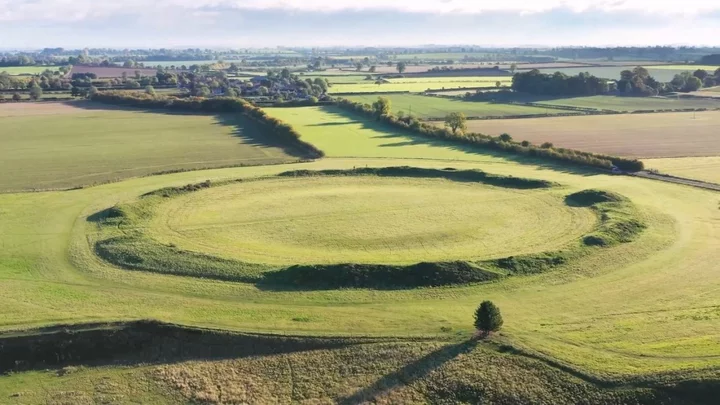A 4,000-year-old site reminiscent of Stonehenge has been uncovered in the Netherlands for the first time.
The monument was uncovered by Dutch archaeologists on Wednesday (21 June), uncovering an ancient religious site that has been nicknamed the “Stonehenge of the Netherlands”.
Uncovered in the dig was a burial mound containing the remains of 60 men, women and children. The mound also served as a solar calendar, with the Sun shining directly through passages on the shortest and longest days of the year.
Digging at the so-called “open-air sanctuary”, located in the town of Tiel, began in 2017, but the results of the archaeologists’ findings were only recently made public.
A post on the town’s Facebook page, read: “What a spectacular archaeological discovery! Archaeologists have found a 4,000-year-old religious sanctuary on an industrial site.”
Sign up to our free Indy100 weekly newsletter
It continued: “This is the first time a site like this has been discovered in the Netherlands.”
By comparing different samples of clay and their composition, three burial mounds were located during the excavation.
The mounds are located just a few kilometres from the bank of the Waal River, with the main mound measuring 20 meters wide and its passages perfectly aligned to serve as a solar calendar.
One of the archaeologists explained: “People used this calendar to determine important moments including festival and harvest days.”
Dutch national broadcaster, NOS, added: “This hill reminded one of Stonehenge, the well-known mysterious prehistoric monument in Britain, where this phenomenon also occurs.”
Other fascinating discoveries at the site included a single glass bead found inside a grave – analysis showed it originated in Mesopotamia, which is Iraq today.
Have your say in our news democracy. Click the upvote icon at the top of the page to help raise this article through the indy100 rankings.

